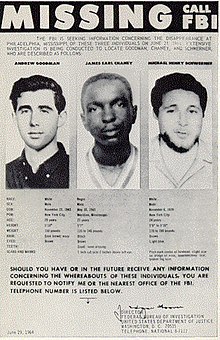Origins Of The Civil Rights Movement Morris Pdf


Jump to:, Aldon D. Morris, The Origins of the Civil Rights Movement: Black Communities Organizing for Change, New York: The Free Press, 1984.
Summary The Origins of the Civil Rights Movement: Black Communities Organizing for Change, by Aldon D. Morris, is a study of the first decade of the civil rights movement from 1953-1963. The author’s purpose is to explain how the civil tights movement came into being and became a major force. Morris also seeks to analyze the role in the movement of black masses, showing their organization and interconnectedness, thus refuting the popular view of unrelated spontaneous actions by various groups. As Morris says, “Social scientists for too long have portrayed the masses as a flock of sheep reacting blindly to uncontrollable forces.” (p. Vi) Instead, Morris describes an “organized and collective form of black protest,” constituting the “modern civil rights movement,” which he defines as “the black movement that emerged in the South during the 1950’s, when large masses of black people became directly involved in economic boycotts, street marches, mass meetings, going to jail by the thousands, and a whole range of disruptive tactics commonly referred to as nonviolent direct action.” (p.
Ix) Morris describes the pervasive and oppressive system of segregation imposed on blacks in the South, which included personal, economic, and political oppression. Ironically, however, he finds that segregation did have positive consequences, saying, “It facilitated the development of black institutions and the building of close-knit communities.” He further states, “Segregation provided the constraining yet nurturing environment out of which a complex urban black society developed. Download Ws Ftp 12 Rapidshare Download on this page. ” (p. 3) He finds that the black church was the dominant institution and center of black society and states, “The black church functioned as the institutional center of the modern civil rights movement.” (p. 4) The urban black churches wielded considerable social power and provided an organized mass base.
However, the social network connecting the churches in a mass movement was facilitated by alliances among the clergymen heading the various churches through informal associations and formal bodies such as the National Baptist Convention. Prior to the start of the modern civil rights movement, the dominant black protest organization was the NAACP, founded in 1909-10 by black and white intellectuals to fight for equal rights for black Americans. Ext2fsd For Windows 7 Free Download. Legal action was the main tactic of the NAACP as it attacked segregation through the courts. While it never developed a mass base, Morris says, “The NAACP set the stage from which most of the leadership of the modern civil rights movement would emerge.” (p.